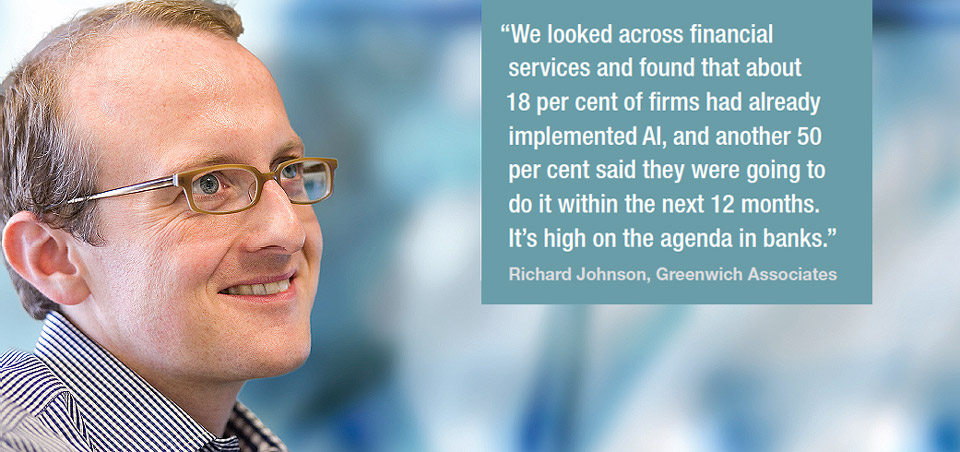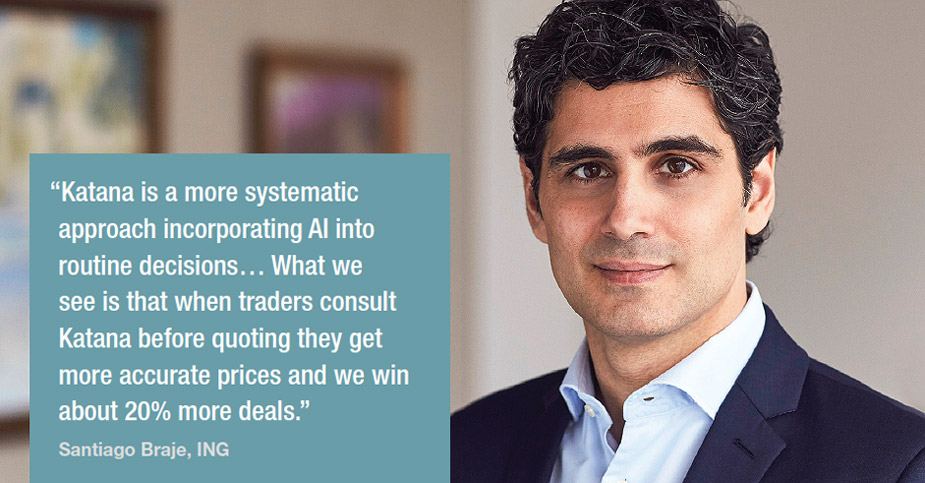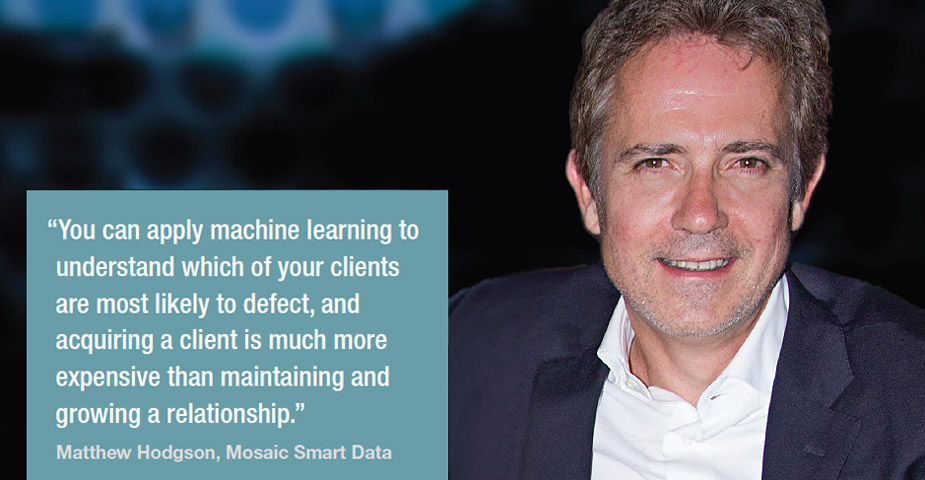Can artificial intelligence boost broker-dealers’ client coverage?
Simple automation will not work for complex bond markets; tools that learn to find patterns are needed in order to better support sales trading. Dan Barnes reports.
Broker-dealers need to do something to make their operations more efficient. In the summer of 2018 buy-side firms are reporting that the sell side is taking less risk than ever before. Many analysts predict volatility will increase over the latter half of the year putting trading capacity under pressure. Using junior sales-traders to replace senior sales-traders is a false economy; it might lower costs, but it also reduces service levels for the buy side.
In this highly pressurised environment, some broker-dealers have invested their research and development budgets into artificially intelligent (AI) systems. AI in this context refers to systems that, having been trained to spot patterns in data sets, are able to find those patterns even as the data being observed changes. That allows them to make decisions on an automated basis, without needing to be recalibrated as the market or circumstances change. Rules-based systems, such as traditional execution algorithms in the equity market are less flexible which limits their use according to situation.

“We looked across financial services and found that about 18 per cent of firms had already implemented AI, and another 50 per cent said they were going to do it within the next 12 months,” says Richard Johnson, capital market analyst at Greenwich Associates. “It’s high on the agenda in banks, and we know that they are always looking at the bottom line. AI can certainly add a lot of value by improving efficiency, making them able to do more with less head count, potentially.”
Cuts have already been made. Within investment banks, front office headcount continued to decline year-on-year in Q1 2018, according to analyst firm Coalition, with revenue for rates and municipal bonds in secondary markets falling over that period. At the same time repo revenues were hit by margin compression and corporate bond flow revenues took a hit in high yield, investment grade and emerging markets.
Making AI work effectively
Maintaining coverage for buy-side clients is challenging in these circumstances. In Europe, MiFID II has put trading costs firmly in the spotlight. Sell-side trading desks need efficiency, but the automation that has been prevalent in other asset classes is often confounded by the complexity of fixed income markets.
The sparsity of data is challenging for rules-based systems and the wide universe of instruments added to their limited lifespan makes automation tricky.
“Certainly off-the-run issues trade very infrequently, and a machine wouldn’t have enough data points to build an algorithm,” says Johnson. “If three of the last 10 trades were driven by a hedge fund going out of business and liquidating, for example, as opposed to the actual quality of the bond, that could massively distort what an algorithm is reading.”
At Dutch investment bank ING, AI has been used on two levels by the trading desk. The first is to have data scientists on the desk, using AI to tackle ad hoc questions, such as understanding performance.
“For example, in credit it can be difficult to separate the realised bid/offer from market movement, or to calculate hedging ratios; for those issues it is valuable to have practical resources on the desk to provide insights,” says Santiago Braje, global head of credit trading, at ING.

There is also a more structured use of AI on the desk. ING launched its Katana AI-led pricing service in December 2017. It processes real-time information and historical data to make forward‑looking predictions on bond prices which can support a number of sell-side activities.
“Katana is a more systematic approach incorporating AI into routine decisions,” Braje says. “There are a number of decisions that you as a trader make every day and there is a different tool for every decision. For example, how do you define which bonds you should be carrying today and which you should be moving? How do you build a price in response to a request-for-quote? How do you manage axes effectively?”
These would historically have been managed in a trader’s head and although they might have been made as rationally as possible, using AI to resolve them is simply more efficient.
“You want to have an unbiased view of the probable outcomes of the decisions that you make,” says Braje. “If you want to know your best options, to be rational you have to assess all of them, and often you have to assess multiple combinations of them, for example looking at both trades and hedging. To do that you need power and speed.”
Building AI within a bank
ING is not alone in applying AI to its bond market challenges. UBS announced earlier this year that Chris Purves, former co-head of fixed income trading, would be heading up its Strategic Development Lab in which it will be developing AI applications for the trading floor.
JP Morgan and three other tier 1 banks have engaged with data analytics company Mosaic Smart Data, which is helping them to develop a unified view of data across their fixed income operations, and that is assisting in the application of AI in the front office, says founder Matthew Hodgson.

“We use AI around diagnostics, we are using some of the anomaly detection models from the European Space Agency, that can be for surveillance, compliance, performance, risk analytics, or any number of use cases,” he says.
The applications are not only directly on the trading desk but can be strategic business intelligence in order to guide client relationship management and decision-making.
“You can apply machine learning to understand which of your clients are most likely to defect, and acquiring a client is much more expensive than maintaining and growing a relationship,” he says. “Which clients are more challenging when it comes to execution? Which clients are most likely to be responsive to particular inventory?”
While AI might sound like a panacea, there is a massive hype cycle going on around the topic. The use of large data sets for quantitative analysis and robotic process automation can blur the line between scaling up automated rules-based processes and using genuine machine learning systems.
A vital part of the process is the aggregation of data so that it can be used in order to train AI systems. It will often need to be acquired or built up over time – Katana uses five years of historical data – and aggregated into a single view that will enable the bank to apply to improve customer service. However for those banks willing to make the investment, the results can be very positive.
“What we see is that when traders consult Katana before quoting they get more accurate prices and we win about 20% more deals,” says Braje. “We also observe improvement on opportunity cost by 20%, where normally you need to give away more information to win more.”
©Markets Media Europe 2025

























